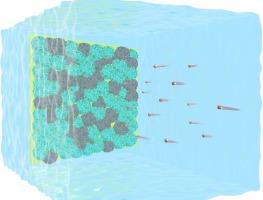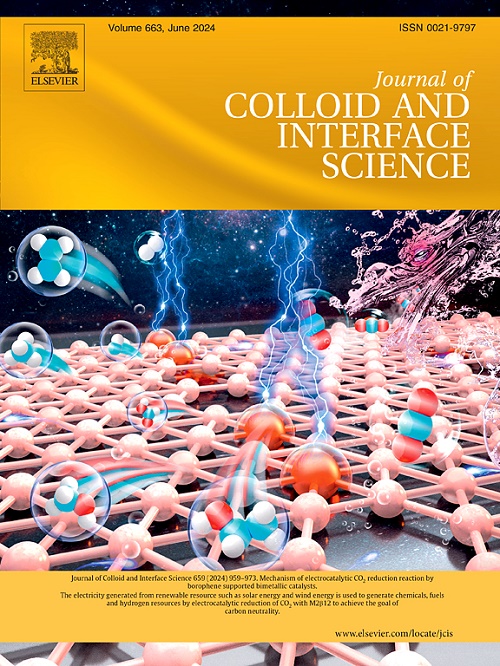Electrochemical oxidation-driven formation of nickel/nickel-based compounds on hollow carbon shells: Mechanistic insights and energy storage applications
IF 9.4
1区 化学
Q1 CHEMISTRY, PHYSICAL
引用次数: 0
Abstract
Hydrangea-like nickel/nickel-based compounds decorated hollow carbon shells were synthesized through low-temperature calcination and a facile electrochemical oxidation process. This three-dimensional hollow hierarchical structure ensures intimate contact between the electrically conductive nickel (Ni) substrate and uniformly distributed electrochemically active nickel-based compounds. This hierarchical structure offers abundant active sites and accessible pathways, maximizing energy storage, particularly during rapid charge–discharge cycles. With 30 min of electrochemical oxidation, the optimized Ni-compound-based electrode exhibits a specific capacity of 643 C g−1 at 1 A/g. When assembled into a nickel-zinc battery cell with a zinc foil anode, the cell demonstrates swift current responses, with full capacity recovery even after a twentyfold increase in current density, followed by a return to 1 A/g. Density functional theory computations reveal that the electrochemical oxidation, conducted for an optimized duration, results in partial oxidation of Ni(OH)2, reducing the surface adsorption energy of OH− from the electrolyte and improving charge storage capacity.

电化学氧化驱动在空心碳壳上形成镍/镍基化合物:机理认识与储能应用。
通过低温煅烧和简便的电化学氧化工艺,合成了装饰有空心碳壳的绣球状镍/镍基化合物。这种三维中空分层结构确保了导电镍(Ni)基底与均匀分布的电化学活性镍基化合物之间的亲密接触。这种分层结构提供了丰富的活性位点和通路,最大限度地提高了能量存储,尤其是在快速充放电循环过程中。经过 30 分钟的电化学氧化,优化的镍基化合物电极在 1 A/g 的条件下显示出 643 C g-1 的比容量。当把镍锌电池与锌箔阳极组装在一起时,电池显示出快速的电流响应,即使电流密度增加 20 倍,电池容量也能完全恢复,随后又恢复到 1 A/g 的水平。密度泛函理论计算显示,在优化的持续时间内进行电化学氧化会导致 Ni(OH)2 部分氧化,从而降低电解液中 OH- 的表面吸附能,提高电荷存储容量。
本文章由计算机程序翻译,如有差异,请以英文原文为准。
求助全文
约1分钟内获得全文
求助全文
来源期刊
CiteScore
16.10
自引率
7.10%
发文量
2568
审稿时长
2 months
期刊介绍:
The Journal of Colloid and Interface Science publishes original research findings on the fundamental principles of colloid and interface science, as well as innovative applications in various fields. The criteria for publication include impact, quality, novelty, and originality.
Emphasis:
The journal emphasizes fundamental scientific innovation within the following categories:
A.Colloidal Materials and Nanomaterials
B.Soft Colloidal and Self-Assembly Systems
C.Adsorption, Catalysis, and Electrochemistry
D.Interfacial Processes, Capillarity, and Wetting
E.Biomaterials and Nanomedicine
F.Energy Conversion and Storage, and Environmental Technologies

 求助内容:
求助内容: 应助结果提醒方式:
应助结果提醒方式:


